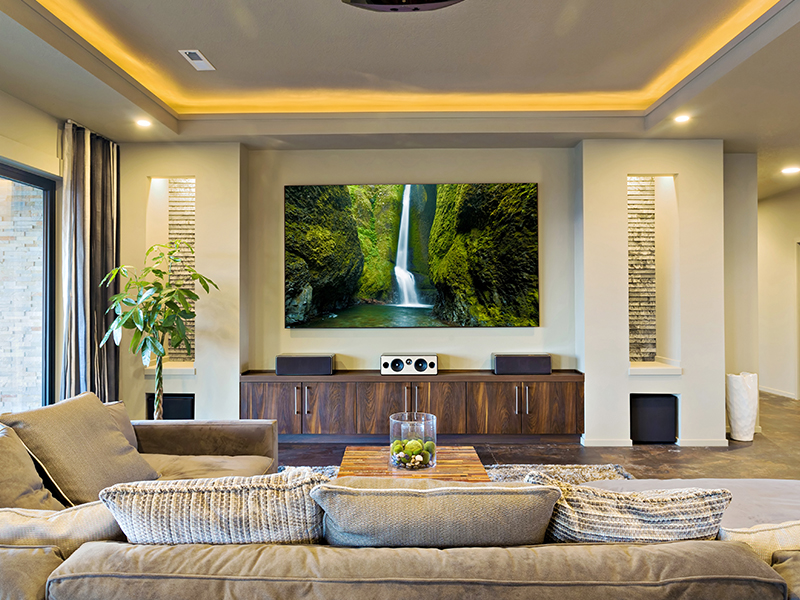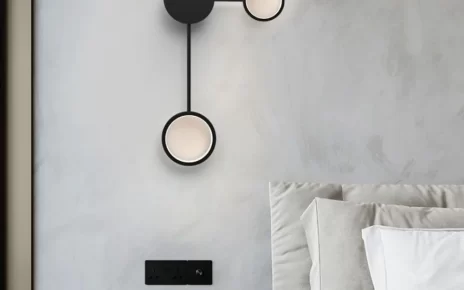The effects of both natural and artificial light on sleep patterns and emotional state have been the subject of extensive investigation in the domains of physiology and psychology for quite some time. The wavelengths of light produced by phosphor-converted LED lighting have been shown to have direct effects on users’ health and circadian rhythm, making them preferable to those produced by traditional incandescent or fluorescent light sources.
The use of artificial lighting may normalise one’s circadian rhythm.
Deprived of sunlight and the temporal information it provides, a person’s circadian rhythm may be badly affected. Melatonin is a hormone found in the body that helps with relaxation and falling asleep. Specifically, it is known to prevent the production of certain blue light wavelengths. Nevertheless, chronic suppression will make it more difficult to fall asleep and may disturb typical sleep patterns, offsetting the benefits of enhanced alertness and productivity. The mod lighting review works fine there.
How it works
Suppressing melatonin increases wakefulness, which in turn improves concentration and may boost productivity. This inhibition occurs normally only when sunlight is present. In addition to being linked to heightened alertness, the midday sun’s heightened concentration of blue wavelength light is another reason why this time of day is considered the most productive.
About the Developments
Recent developments in LED lighting technology have allowed for LEDs to mimic the stimulating effects of natural light. This contributes to the development of a regular and healthy circadian rhythm. When natural sunlight is insufficient, exposing oneself to LED light set to the necessary blue wavelengths for brief intervals during the day may be an effective option. In contrast, melatonin synthesis is less suppressed by warm lighting since it produces less blue light. If you’re having trouble maintaining a regular sleep schedule, switching to warm lighting may help.
These associations can be used by a lighting designer in the design, installation, and optimisation of LED lighting for residential, commercial, and industrial applications. LED lights in a home’s lighting system, for instance, may be set to shine brighter and with more of a focus on blue wavelengths throughout the day. In the evening, this lighting can be dimmed to create a cosier atmosphere.
LEDs can reduce headaches by reducing eye strain
Migraine and headache sufferers often experience sensitivity to light, however the severity of this symptom varies from person to person. In particular, those who are already prone to the devastating symptoms of headaches and migraines may find that problems like flickering fluorescent lights and a lack of suitable task lighting make their conditions much worse.





